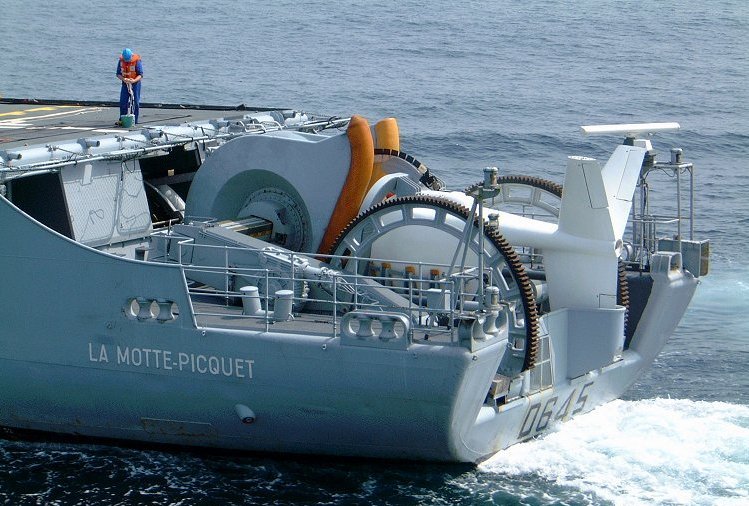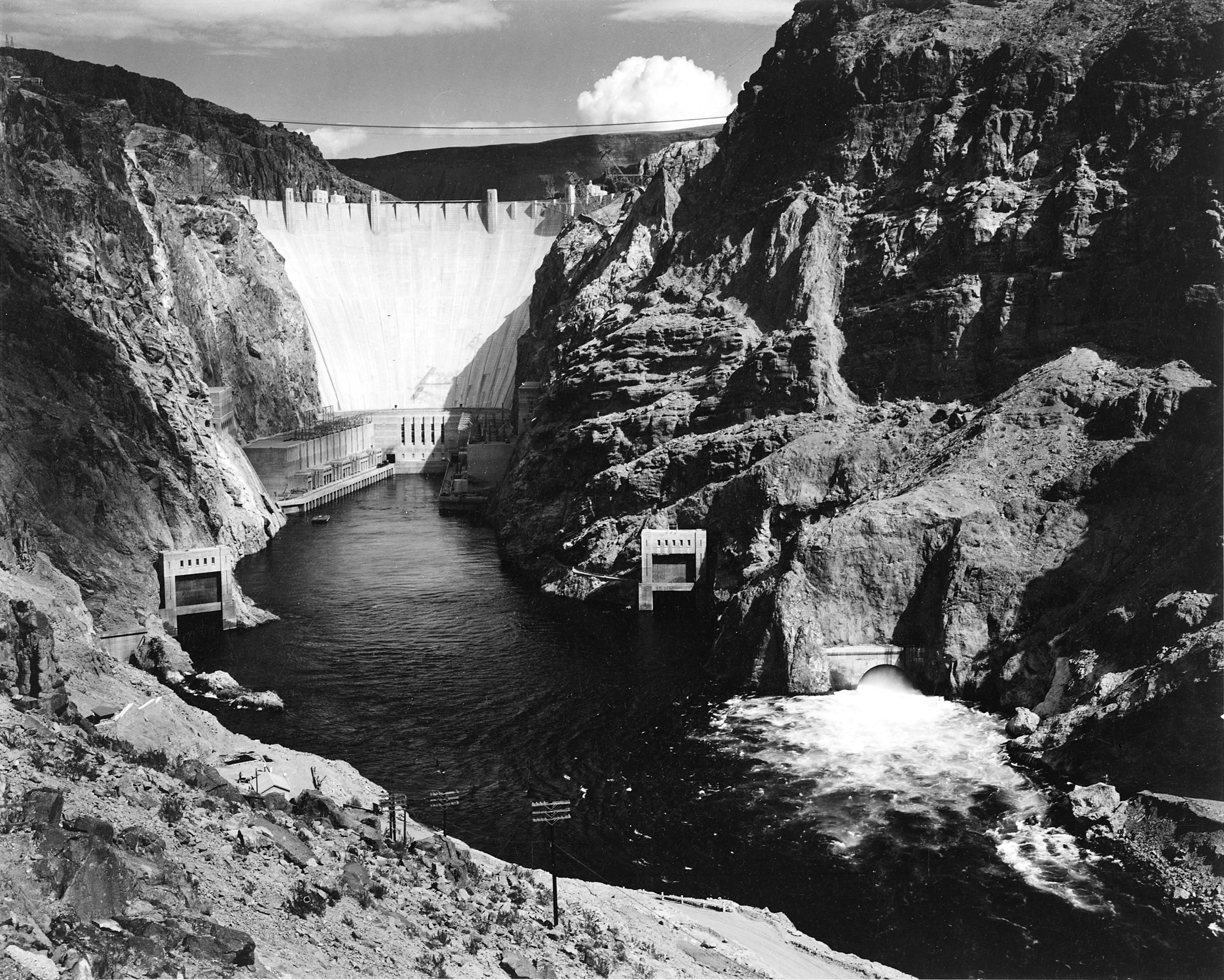|
HMAS Broome (J191)
HMAS ''Broome'' (J191), named for the town of Broome, Western Australia, was one of 60 ''Bathurst''-class corvettes constructed during World War II and one of 20 built for the Admiralty but manned by personnel of and commissioned into the Royal Australian Navy (RAN). Design and construction In 1938, the Australian Commonwealth Naval Board (ACNB) identified the need for a general purpose 'local defence vessel' capable of both anti-submarine and mine-warfare duties, while easy to construct and operate.Stevens, ''The Australian Corvettes'', p. 1Stevens, ''A Critical Vulnerability'', p. 103 The vessel was initially envisaged as having a displacement of approximately 500 tons, a speed of at least , and a range of Stevens, ''A Critical Vulnerability'', pp. 103–4 The opportunity to build a prototype in the place of a cancelled Bar-class boom defence vessel saw the proposed design increased to a 680-ton vessel, with a top speed, and a range of , armed with a 4-inch gun, equipp ... [...More Info...] [...Related Items...] OR: [Wikipedia] [Google] [Baidu] |
HMAS Broome (AWM 300467)
Two vessels of the Royal Australian Navy have been named HMAS ''Broome'', for the town of Broome, Western Australia. *, a ''Bathurst''-class corvette which operated from 1942 until 1946, when she was sold to the Turkish Navy *, an ''Armidale''-class patrol boat that entered service in 2007 and is active as of 2016 Battle honours Two battle honours were awarded to the first HMAS ''Broome''; these are inherited by subsequent ships of the name: *Pacific 1942–45 *New Guinea New Guinea (; Hiri Motu Hiri Motu, also known as Police Motu, Pidgin Motu, or just Hiri, is a language of Papua New Guinea, which is spoken in surrounding areas of Port Moresby (Capital of Papua New Guinea). It is a simplified version of ... 1942–44 See also *, a destroyer of the United States Navy References {{DEFAULTSORT:Broome, Hmas Royal Australian Navy ship names ... [...More Info...] [...Related Items...] OR: [Wikipedia] [Google] [Baidu] |
Asdic
Sonar (sound navigation and ranging or sonic navigation and ranging) is a technique that uses sound propagation (usually underwater, as in submarine navigation) to navigate, measure distances (ranging), communicate with or detect objects on or under the surface of the water, such as other vessels. "Sonar" can refer to one of two types of technology: ''passive'' sonar means listening for the sound made by vessels; ''active'' sonar means emitting pulses of sounds and listening for echoes. Sonar may be used as a means of acoustic location and of measurement of the echo characteristics of "targets" in the water. Acoustic location in air was used before the introduction of radar. Sonar may also be used for robot navigation, and SODAR (an upward-looking in-air sonar) is used for atmospheric investigations. The term ''sonar'' is also used for the equipment used to generate and receive the sound. The acoustic frequencies used in sonar systems vary from very low (infrasonic) to extre ... [...More Info...] [...Related Items...] OR: [Wikipedia] [Google] [Baidu] |
1941 Ships
Events Below, the events of World War II have the "WWII" prefix. January * January–August – 10,072 men, women and children with mental and physical disabilities are asphyxiated with carbon monoxide in a gas chamber, at Hadamar Euthanasia Centre in Germany, in the first phase of mass killings under the Action T4 program here. * January 1 – Thailand's Prime Minister Plaek Phibunsongkhram decrees January 1 as the official start of the Thai solar calendar new year (thus the previous year that began April 1 had only 9 months). * January 3 – A decree (''Normalschrifterlass'') promulgated in Germany by Martin Bormann, on behalf of Adolf Hitler, requires replacement of blackletter typefaces by Antiqua. * January 4 – The short subject ''Elmer's Pet Rabbit'' is released, marking the second appearance of Bugs Bunny, and also the first to have his name on a title card. * January 5 – WWII: Battle of Bardia in Libya: Australian and British troops defeat I ... [...More Info...] [...Related Items...] OR: [Wikipedia] [Google] [Baidu] |
World War II Corvettes Of Australia
In its most general sense, the term "world" refers to the totality of entities, to the whole of reality or to everything that is. The nature of the world has been conceptualized differently in different fields. Some conceptions see the world as unique while others talk of a "plurality of worlds". Some treat the world as one simple object while others analyze the world as a complex made up of many parts. In '' scientific cosmology'' the world or universe is commonly defined as " e totality of all space and time; all that is, has been, and will be". '' Theories of modality'', on the other hand, talk of possible worlds as complete and consistent ways how things could have been. ''Phenomenology'', starting from the horizon of co-given objects present in the periphery of every experience, defines the world as the biggest horizon or the "horizon of all horizons". In ''philosophy of mind'', the world is commonly contrasted with the mind as that which is represented by the mind. ''T ... [...More Info...] [...Related Items...] OR: [Wikipedia] [Google] [Baidu] |
Ships Built In Queensland
A ship is a large watercraft that travels the world's oceans and other sufficiently deep waterways, carrying cargo or passengers, or in support of specialized missions, such as defense, research, and fishing. Ships are generally distinguished from boats, based on size, shape, load capacity, and purpose. Ships have supported exploration, trade, warfare, migration, colonization, and science. After the 15th century, new crops that had come from and to the Americas via the European seafarers significantly contributed to world population growth. Ship transport is responsible for the largest portion of world commerce. The word ''ship'' has meant, depending on the era and the context, either just a large vessel or specifically a ship-rigged sailing ship with three or more masts, each of which is square-rigged. As of 2016, there were more than 49,000 merchant ships, totaling almost 1.8 billion dead weight tons. Of these 28% were oil tankers, 43% were bulk carriers, and 13% were cont ... [...More Info...] [...Related Items...] OR: [Wikipedia] [Google] [Baidu] |
Returned And Services League Of Australia
The Returned and Services League of Australia (RSL) is a support organisation for people who have served or are serving in the Australian Defence Force. Mission The RSL's mission is to ensure that programs are in place for the well-being, care, compensation and commemoration of serving and ex-service Defence Force members and their dependants; and promote Government and community awareness of the need for a secure, stable and progressive Australia. However, even as late as the 1970s it was described as an "inherently conservative" organisation. History The League evolved out of concern for the welfare of returned servicemen from the First World War. In 1916, a conference at which representatives from Queensland, South Australia, Tasmania and Victoria were present recommended the formation of The Returned Sailors and Soldiers Imperial League of Australia (RSSILA). New South Wales was admitted to the League the following year and Western Australia in 1918. In 1927, the Austral ... [...More Info...] [...Related Items...] OR: [Wikipedia] [Google] [Baidu] |
Ship's Bell
A ship's bell is a bell on a ship that is used for the indication of time as well as other traditional functions. The bell itself is usually made of brass or bronze, and normally has the ship's name engraved or cast on it. Strikes Timing of ship's watches Unlike civil clock bells, the strikes of a ship's bell do not accord to the number of the hour. Instead, there are eight bells, one for each half-hour of a four-hour watch. In the age of sailing, watches were timed with a 30-minute hourglass. Bells would be struck every time the glass was turned, and in a pattern of pairs for easier counting, with any odd bells at the end of the sequence. Classical system The classical, or traditional, system was: Most of the crew of a ship would be divided into two to four groups, called watches. Each watch would take its turn with the essential activities of manning the helm, navigating, trimming sails, and keeping a lookout. The hours between 16:00 and 20:00 are so arranged because tha ... [...More Info...] [...Related Items...] OR: [Wikipedia] [Google] [Baidu] |
Battle Honour
A battle honour is an award of a right by a government or sovereign to a military unit to emblazon the name of a battle or operation on its flags ("colours"), uniforms or other accessories where ornamentation is possible. In European military tradition, military units may be acknowledged for their achievements in specific wars or operations of a military campaign. In Great Britain and those countries of the Commonwealth which share a common military legacy with the British, battle honours are awarded to selected military units as official acknowledgement for their achievements in specific wars or operations of a military campaign. These honours usually take the form of a place and a date (e.g. " Cambrai 1917"). Theatre honours, a type of recognition in the British tradition closely allied to battle honours, were introduced to honour units which provided sterling service in a campaign but were not part of specific battles for which separate battle honours were awarded. Theatre ... [...More Info...] [...Related Items...] OR: [Wikipedia] [Google] [Baidu] |
Royal Indian Navy
The Royal Indian Navy (RIN) was the naval force of British India and the Dominion of India. Along with the Presidency armies, later the Indian Army, and from 1932 the Royal Indian Air Force, it was one of the Armed Forces of British India. From its origins in 1612 as the East India Company's Marine, the Navy underwent various changes, including changes to its name. Over time it was named the Bombay Marine (1686), the Bombay Marine Corps (1829), the Indian Navy (1830), Her Majesty's Indian Navy (1858), the Bombay and Bengal Marine (1863), the Indian Defence Force (1871), Her Majesty's Indian Marine (1877) and the Royal Indian Marine (1892). It was finally named the Royal Indian Navy in 1934. However, it remained a relatively small force until the Second World War, when it was greatly expanded. After the partition of India into two independent states in 1947, the Navy was split between Pakistan and India. One-third of the assets and personnel were assigned to Royal Pakistan N ... [...More Info...] [...Related Items...] OR: [Wikipedia] [Google] [Baidu] |
Sloop-of-war
In the 18th century and most of the 19th, a sloop-of-war in the Royal Navy was a warship with a single gun deck that carried up to eighteen guns. The rating system covered all vessels with 20 guns and above; thus, the term ''sloop-of-war'' encompassed all the unrated combat vessels, including the very small gun-brigs and cutters. In technical terms, even the more specialised bomb vessels and fireships were classed as sloops-of-war, and in practice these were employed in the sloop role when not carrying out their specialised functions. In World War I and World War II, the Royal Navy reused the term "sloop" for specialised convoy-defence vessels, including the of World War I and the highly successful of World War II, with anti-aircraft and anti-submarine capability. They performed similar duties to the American destroyer escort class ships, and also performed similar duties to the smaller corvettes of the Royal Navy. Rigging A sloop-of-war was quite different from a civilia ... [...More Info...] [...Related Items...] OR: [Wikipedia] [Google] [Baidu] |







